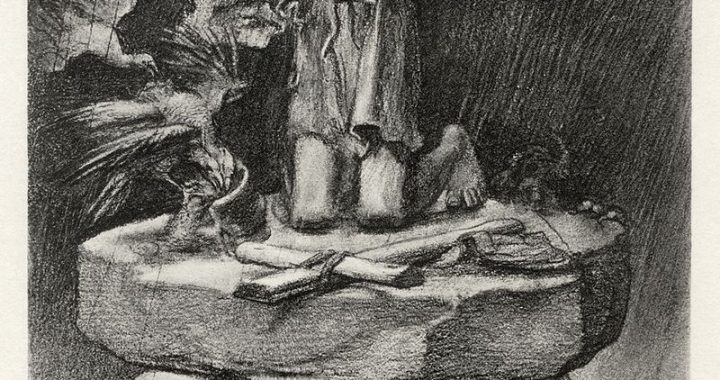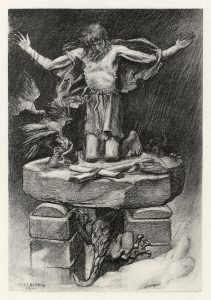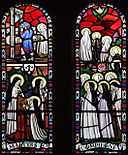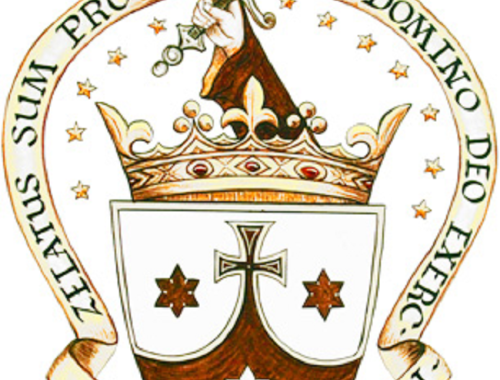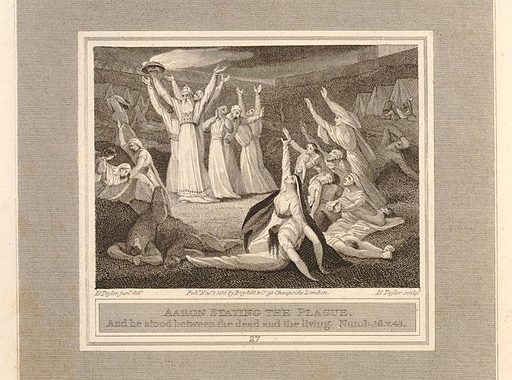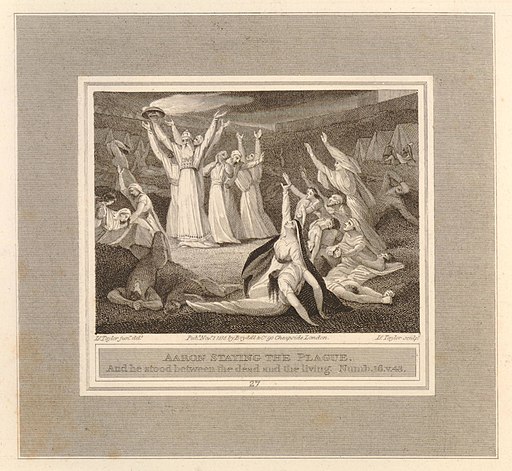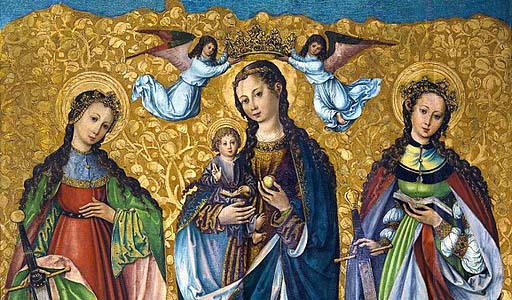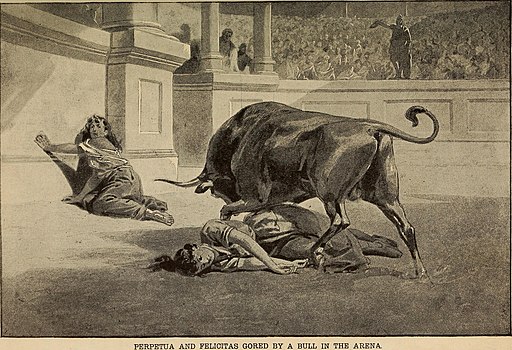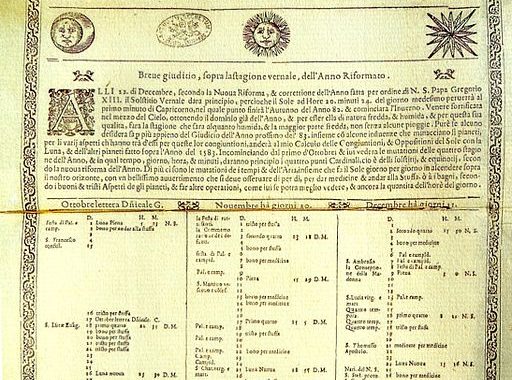The difference between reading a biography of a living famous person and reading the biography of a deceased saint is that you can reasonably hope to befriend the saint!
After all, our Lord has promised that those who love Him and keep his commandments can hope to spend eternity with Him, and the holy men and women whom we Catholics call saints and blesseds have done just that. The saints dwell with the Lord in Heaven, but like Olympic athletes sitting in the grandstand watching others compete, they cheer us on and help us finish the race of our lives, that is, the race to become holy. All we have to do is ask them.
One way to ask them for help and to make the saints a part of our lives is through holy cards. Just as we keep photos on our smart phones and in our wallets and purses to remind us of our loved ones, holy cards can help us remember the saints throughout the day. That is, we can keep saints’ holy cards around our homes as reminders. Reminders of what? That depends on what you need to remember.

For example, on the feast day of Saints Perpetua and Felicity (March 7), you could put a holy card with their image on your kitchen table to help you remember to try to practice the virtue of fortitude. After those two women had been arrested in the year 203 in Carthage (now in Tunisia) with four other Christians, Perpetua’s father visited her in prison. He begged her, with tears in his eyes, to give up her Christian faith and reminded her that her young son would grow up without a mother if she continued to call herself a Christian. Perpetua knew that what her father said was true—but she also knew that Jesus Christ loved her and had died for her. So she accepted being condemned to death out of her love for Him.
Most of us have a collection of holy cards courtesy of various Catholic organizations who have sent them to us in hope of a charitable donation. If you’d like to create your own personal collection of holy cards of saints like Perpetua and Felicity, an excellent source of beautiful cards can be found at CatholicHolyCards.org. A smaller collection of beautiful, laminated cards can be found at PortraitsofSaints.com.

After Pope Francis proclaimed a Year of Saint Joseph in December 2020, many Catholics started thinking about the role of this saint in the life of the Church. A popular book by Father Donald Calloway walks you through a thirty-three-day consecration to Jesus’ foster father (whose feast day is March 19). If you don’t have thirty-three days, there are innumerable nine-day novenas to Saint Joseph available online that you can pray for any intention.
What is the purpose of praying a novena to a saint? Although we typically pray novenas because we have an urgent, serious petition that requires supernatural intervention right now, there’s another benefit to praying novenas and to the consecration offered by Father Calloway. Namely, by repeatedly asking for the intercession of a saint, one is almost forced to reflect upon the qualities of that saint. For example, meditating on the life of Saint Joseph, as recounted in the Gospels, reminds us that he was a truly wise man. After all, most of us would need help to understand a dream if an angel gave us direction about making a serious lifestyle change. That happened to Saint Joseph three times, and he didn’t need anyone’s advice or encouragement to decide what to do.
Books can also help us understand the saints. Saint John Climacus (feast day March 30), a sixth century Egyptian monk and abbot, wrote a guide to prayer called The Ladder that’s still read today. Saint Cyril of Jerusalem was named a Doctor of the Church because of his writings, but few people know that the famous Saint Patrick, Bishop of Ireland, wrote a book called The Confession of Saint Patrick, a short autobiography of his life. The biography of a nineteenth-century Italian boy named Saint Dominic Savio (feast day March 9) was written by another saint: Saint John Bosco. Don Bosco inspired the young Savio to live a life of holiness and wrote about his heroic love for God after the boy died. There’s even a modern children’s biography that describes Saint Dominic’s life.

But if fiction is more your style than non-fiction, there are many good historical fiction novels that show us the lives of the saints in an exciting and generally accurate way. Louis de Wohl, for example, was a German-born Catholic writer who turned from secular subjects to Catholic novels later in his career. De Wohl’s book The Spear shows us a fictionalized but moving account of the death of our Savior through the eyes of the Roman centurion who witnessed the Crucifixion and was forever changed. Another witness to the Crucifixion was a man known to us as the Good Thief, or Saint Dismas (feast day March 25), who won paradise through his humility as he died next to our Lord on a cross.
Like Saint Dismas and all the other saints, we can hope that we too will be forever changed for the better by the time we reach the end of this Lenten season.



